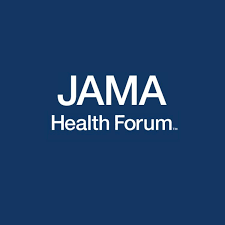
Medicare-Covered Services Near the End of Life in Medicare Advantage vs Traditional Medicare
Daniel Polsky, Lauren Hersch Nicholas, Stacy Fischer, Alicia Arbaje, Marcelo Coca Perraillon, Christine Jones
In this population-based, cross-sectional study of 360 430 MA decedents and 659 135 TM decedents, MA decedents were less likely to receive potentially burdensome treatments or transfers in the last 6 months of life, and more likely to receive hospice care; if hospitalized in the last 6 months of life, MA decedents were more likely to die in the hospital, and less likely to receive facility-based care post discharge. Higher rates of home care among those discharged home with MA offset less than half of the lower rate of discharge to skilled nursing facilities. Receipt of less facility-based and potentially burdensome care near EOL may improve quality of care for MA decedents; however, the greater reliance on home-based care may leave patients with unmet needs or relying on informal care assistance.
Nicholas LH, Fischer SM, Arbaje AI, Perraillon MC, Jones CD, Polsky D. Medicare-Covered Services Near the End of Life in Medicare Advantage vs Traditional Medicare. JAMA Health Forum. 2024;5(7):e241777. doi:10.1001/jamahealthforum.2024.1777
